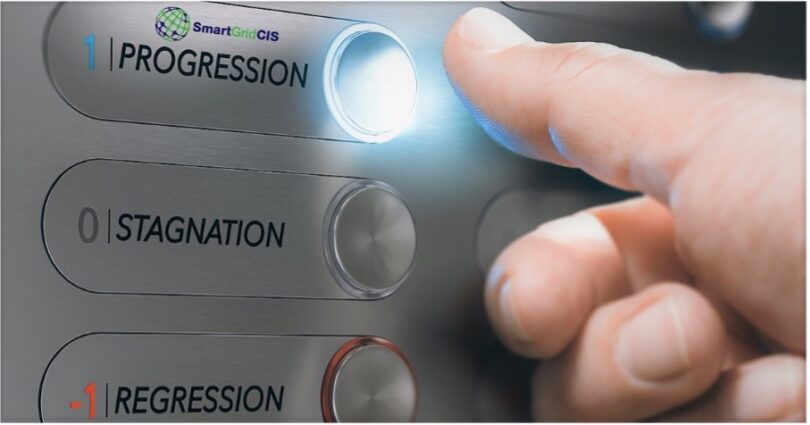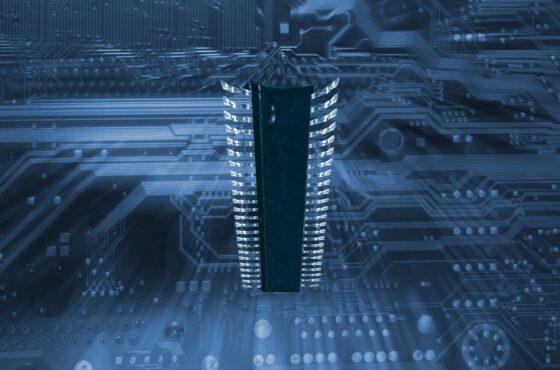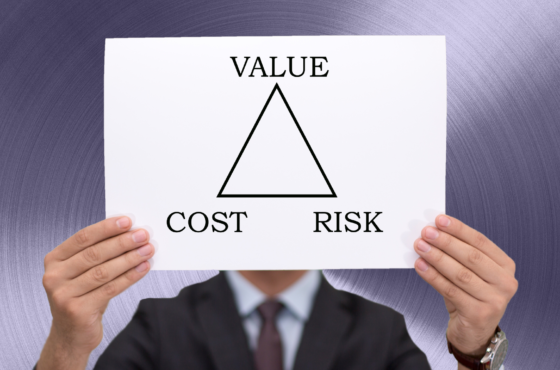Don’t Let Data Conversion Keep You from Progressing to a Better Billing System
What’s worse than putting up with outdated, stagnant billing software? And getting “nickeled and dimed” every time you want a new feature?
For a retail energy supplier, the simple solution to both of these might be to replace your current system with a newer, more efficient software solution. The challenge in doing this, however, is a “real” fear that things may go wrong – especially when it comes to data conversion.
If you have any experience converting from one billing system to another, then you know that customer data conversion is the most critical piece of the entire process. But it doesn’t have to be fearful. Having done many conversions in the past, we’ve found there are two (2) primary ways to convert customer data from one billing system to another. One of these carries more risk than the other.
- A one-time conversion using your existing DUNS number often referred to as a “Big Bang” conversion;
- A more systematic, iterative conversion using a new DUNS +4
The Big Bang Approach to Data Conversion Can Fall Flat
You are probably skeptical about data conversion because you’ve heard (or experienced) horror stories related to the traditional method. Unfortunately for retail energy suppliers, there are numerous issues and potential problems associated with this Big Bang conversion approach.
Primarily, because market transactions (EDI transactions) must be correctly routed, you need to convert data all at once. Otherwise, you will be processing transactions for the same account in two different systems. The larger the customer base, the bigger the risk, because there is no flexibility in keeping data in the old system while you’re working out the kinks in the new system.
State change makes it challenging to do an efficient, without-fail conversion
In a traditional conversion, “state changes” make conversions particularly difficult for retail energy providers. Here’s why:
9 a.m. – You capture customer accounts and all relevant data including location, name, meter, service order, etc.
10 a.m. – After validating everything is ready to go, you start the conversion process
12 p.m. – Files are transmitted and the conversion process is completed
During this three-hour process, multiple state changes have occurred. Meters that were previously disconnected are now connected, or vice versa. New payment transactions or market transactions could have been sent and/or received.
There are many state change scenarios you need to anticipate and have custom business logic in place to address. For example, if a prepay customer is about to be disconnected in the old system, but the DNP service order isn’t processed before the conversion, the new system will not “know” that the DNP needs to be generated. Or, if a new customer is set to move into their home two weeks from the date of conversion, the new system must be manually programmed to generate the MVI transaction post-conversion.
Finally, the single DUNS conversion usually requires energy suppliers to stop EDI processing for some period during the conversion. This can be risky, as extended downtime may conflict with market rules around reconnecting customers quickly. In addition, you need to coordinate with brokers and other enrollment partners, so they know when to start switching enrollments to the new system.
DUNS+4: A New and Better Way for Retail Energy Suppliers to Convert Data
Now imagine that the issues discussed above don’t apply to your data conversion. By using a separate DUNS+4, it’s possible to avoid many of the problems associated with traditional data conversion, and you can make the switch to a new billing system with confidence.
Essentially, the DUNS +4 method mimics the familiar process of switching a customer from one energy provider to another. It allows your new billing partner to process the conversion by doing “market switches” using the new DUNS +4. In your new billing system, the customer accounts start clean, as if they had all just enrolled.
Customer history does not disappear, though. This data can be kept segregated in the DUNS +4 conversion. Financial transactions, bills and EDI transactions from your old billing system are stored in a separate set of tables in the database. They can be made available and viewable; however, they are not used by the new billing system for anything other than display.
Take an easier, iterative approach to data conversion
What makes DUNS +4 conversion efficient and easy is that it’s done based on customer billing cycles rather than during an arbitrary timeframe, which helps eliminate many of the issues related to state changes. Here’s how it works:
After you receive the customer’s read for the billing period, you can bill them (in the old system) and convert them to the new system on the same day. The customer gets one last bill from the old system on their normal billing cycle, and they start the next cycle in the new system. There is no need for a final read and a confusing “final bill” from the old system, which is typical in a Big Bang conversion.
Another benefit of DUNS +4 method is that there is no downtime related to payments. Payments are easily routed to the new system, but if an account doesn’t yet exist in the new system, then the payment is posted to the old system. Much of the coordination required for the Big Bang conversion is eliminated.
For retail energy suppliers and their operations and customer service teams, the more iterative approach of a DUNS +4 conversion process allows them to learn the new system more methodically and efficiently. They’ll handle a subset of customers in a new system each day throughout the billing cycle, rather than all customers at once. This provides an opportunity to gain a gradual and deeper understanding of the new billing system, which reduces errors and keeps customers top of mind.
Data conversion and transfer aside, choosing a new billing system can be difficult because solutions are becoming more commoditized. Given similar features, price points, and licensing options, one solution may seem just as worthy as the next. When it comes to billing software, an important differentiator is finding a partner who is willing to work with you to ensure that your implementation goes smoothly. A partner with the capability and the experience to perform a DUNS+4 conversion is a great “first step” towards achieving an efficient, accurate, and timely transition.
John Bastian is the former owner of SmartGridCIS and now VP of Business Development under the new organization after the acquisition by Univerus. SmartGridCIS operates as an independent business unit under Univerus with a growing team of development and support personnel.




